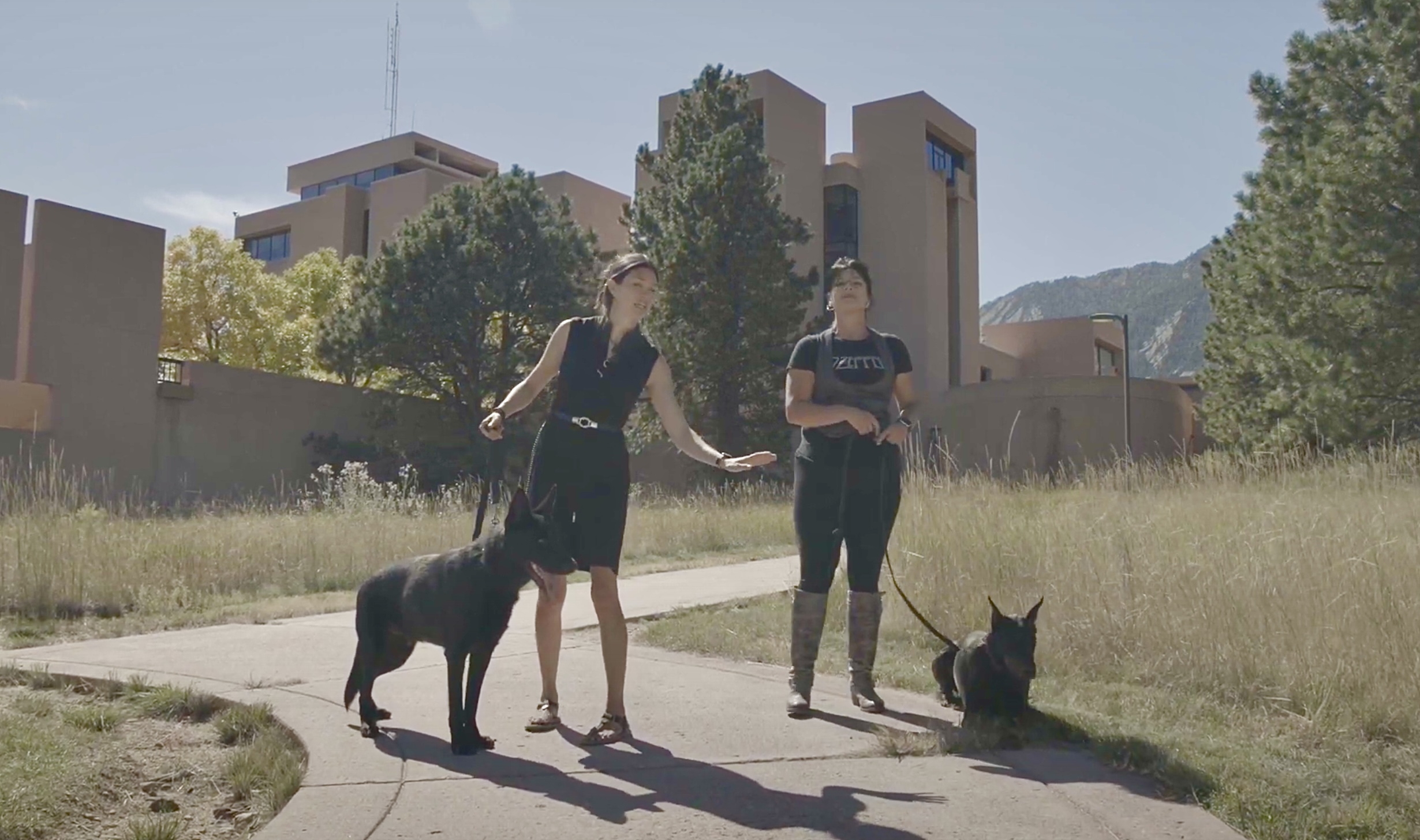Mastering Traction Effective Dog Training Techniques
Traction dog training, often referred to as leash training, is a fundamental aspect of owning a dog. It not only ensures the safety of the dog and others but also fosters a strong bond between the owner and their furry companion. Mastering traction dog training requires patience, consistency, and understanding of canine behavior. In this guide, we'll explore effective techniques to train your dog on traction, leading to a harmonious relationship and enjoyable walks for both of you.
Understanding Traction Dog Training:
Traction dog training involves teaching your dog to walk calmly and obediently on a leash without pulling or dragging. Dogs naturally want to explore their surroundings, and pulling on the leash is a common behavior. However, with proper training, dogs can learn to walk beside their owners without tension on the leash.
Techniques for Effective Traction Dog Training:
-
Positive Reinforcement: Use treats, praise, and affection to reward your dog for walking calmly on the leash. When your dog walks beside you without pulling, offer verbal praise and a treat. Positive reinforcement encourages desired behavior and strengthens the bond between you and your dog.
-
Start Indoors: Begin traction training in a quiet, familiar environment such as your home or backyard. Attach the leash to your dog's collar and let them get accustomed to the feeling of wearing it. Practice basic commands like "sit" and "stay" indoors before moving to more distracting environments.
-
Short Sessions: Keep training sessions short and frequent to maintain your dog's focus and prevent frustration. Aim for multiple 5-10 minute sessions throughout the day rather than one long session. Consistency is key to successful traction training.
-
Desensitization: Introduce distractions gradually to desensitize your dog to stimuli that may cause pulling, such as other dogs, cyclists, or squirrels. Start with mild distractions and gradually increase the level of difficulty as your dog becomes more proficient at walking on the leash.
-
Stop and Go Technique: When your dog begins to pull on the leash, stop walking and wait for them to return to your side. Once they do, reward them with a treat and continue walking. Consistency is crucial; your dog will learn that pulling results in a halt in movement, encouraging them to walk politely beside you.
-
Change Direction: If your dog pulls on the leash, abruptly change direction, causing them to follow you. This interrupts their pulling behavior and reinforces the importance of paying attention to you during walks. Reward your dog for following your lead.
-
Patience and Persistence: Traction training takes time and patience. Dogs learn at their own pace, so be patient and persistent in your efforts. Celebrate small victories and remain consistent in your training approach.
Mastering traction dog training requires dedication, patience, and a positive attitude. By using positive reinforcement techniques, starting indoors, and gradually introducing distractions, you can teach your dog to walk calmly on a leash. Remember to keep training sessions short and frequent, and always reward desired behavior. With time and consistency, you and your dog will enjoy peaceful walks together, strengthening your bond along the way.
For more info:-
go the traction dog training club

Comments
Post a Comment